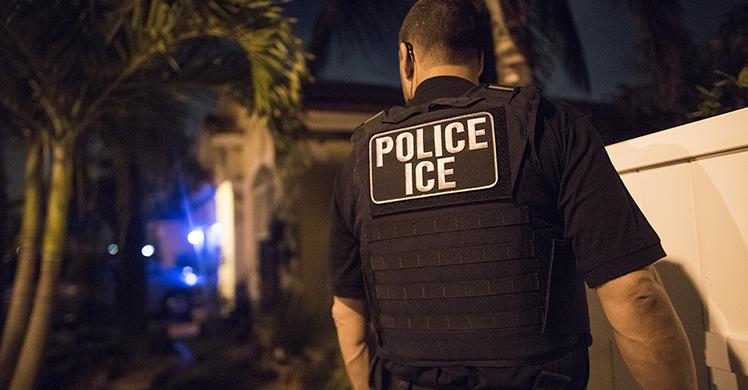By: Sarah Purtill
Impunity Watch Reporter, North America
NEW YORK, USA – Natasha Alexenko was 20 years old on August 6, 1993 when a man held a gun to her back. She had been trying to get her keys out when she felt the gun against her back. She heard that man say “If you don’t do everything I say I’ll blow your brains out.” The man brought Alexenko into the stairwell of her building where he sexually assaulted her at gun point. Alexenko went to the hospital that night for a rape kit. But it was not until 10 years later that she finally got the call from the New York County’s District Attorney’s office informing her that the rap kit had finally been tested.
“I was like, ‘This is great, it’s moving forward — I can’t believe it after all these years,’” says Alexenko. “It wasn’t until later that I thought, ‘Holy mackerel! Why on Earth did this take so long?’” Alexenko was unsure why it took so long to be tested. “It just doesn’t make sense,” Alexenko said. “Why would you put someone through this very invasive, whole-body exam, which is traumatizing in itself, take their rape kit and just let it sit there?”

After her rape, Alexenko moved back home to Ontario. In Canada she had the support of her mother and close friends. But she ended up drinking heavily to try to get through the pain. “I just felt so much grief,” says Alexenko. She felt this way because she was not able to explain her assailants face to the police. “I blamed myself for not being able to help catch this man who was still out there, probably hurting other people.”
Four years after she received the call from the DA’s office, Alexenko’s assailant was caught. Victor Rondon was arrested in Las Vegas for jaywalking and then extradited to New York after he was finger printed by police. A year later, he was found guilty of eight counts of violent assault. He was also found guilty of burglary, robbery, two counts of rape, sodomy and sexual abuse. He was sentenced to 44 to 107 years in prison.
“I was just grateful that he was put behind bars,” said Alexenko, who fainted when she saw him at his trial. “My body just shut down. It wasn’t just that I was remembering stuff; it was like I was there.” In 2011, Alexenko founded Natasha’s Justice Program. The goal of the nonprofit is to get rid of the backlog of rape kits in the United States.
Alexenko’s story is not unique. In fact, her rape kit had been one of 17,000 unprocessed rape kits held in a storage facility in New York. Fortunately, New York City has since eliminated that backlog. Around the United States, there were 70,000 unprocessed rape kits in 2015. There are estimates that put that number in the hundreds of thousands.
According to Alexenko, people have started taking sexual assault and the backlog of rape kits much more seriously. The US Department of Justice announced it would be dedicating $41 million in federal grant money to test the 70,000 known unprocessed rape kits nationwide in 2015. So far, many communities have taken advantage of it.
“There’s been such a shift — and I think it’s because there have been so many survivors who have come forward,” says Alexenko. “There are so many amazing people who are fighting so hard.”
For more information, please see:
New York Post – I was Raped in 1993 – And No One Tested My Rape Kit for 10 Years – 4 April 2018
USA Today – Tens of Thousands of Rape Kits Go Untested Across USA – 16 July 2015
New York Post – DA Hailed After Pledging $35M to Eliminate Rape Kit Backlogs – 12 November 2014


